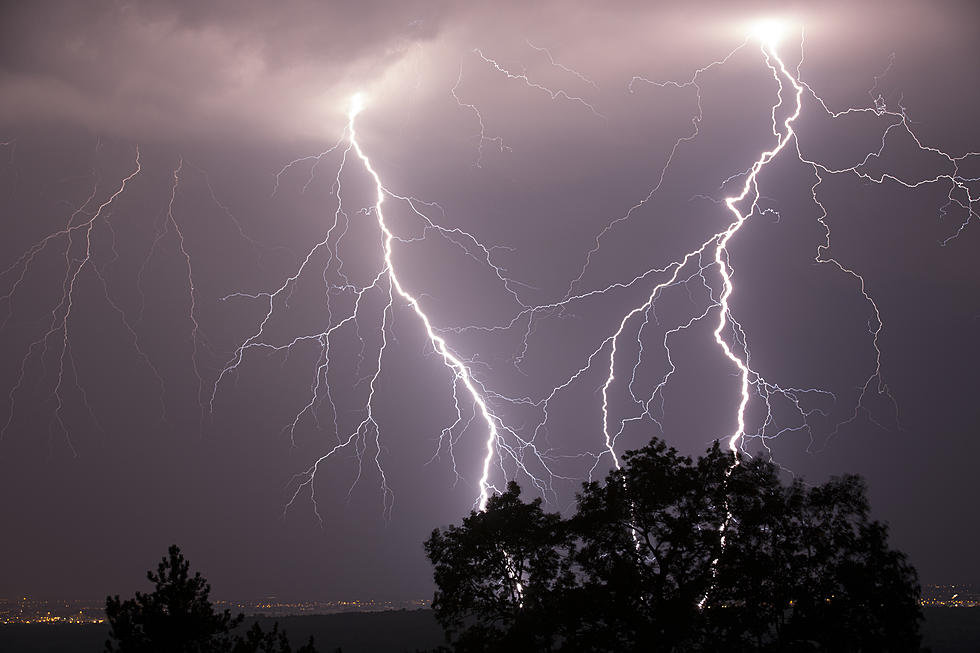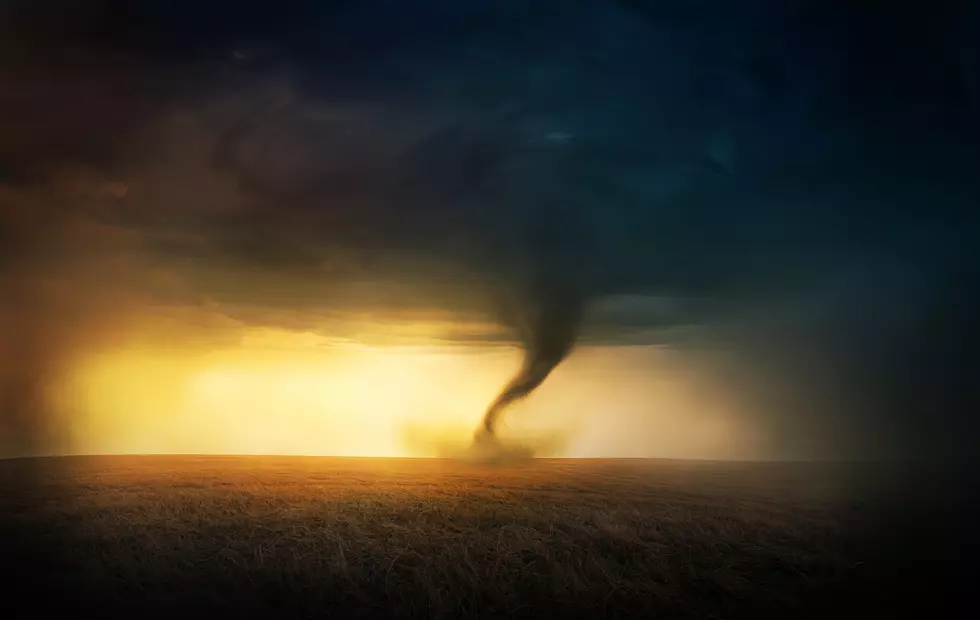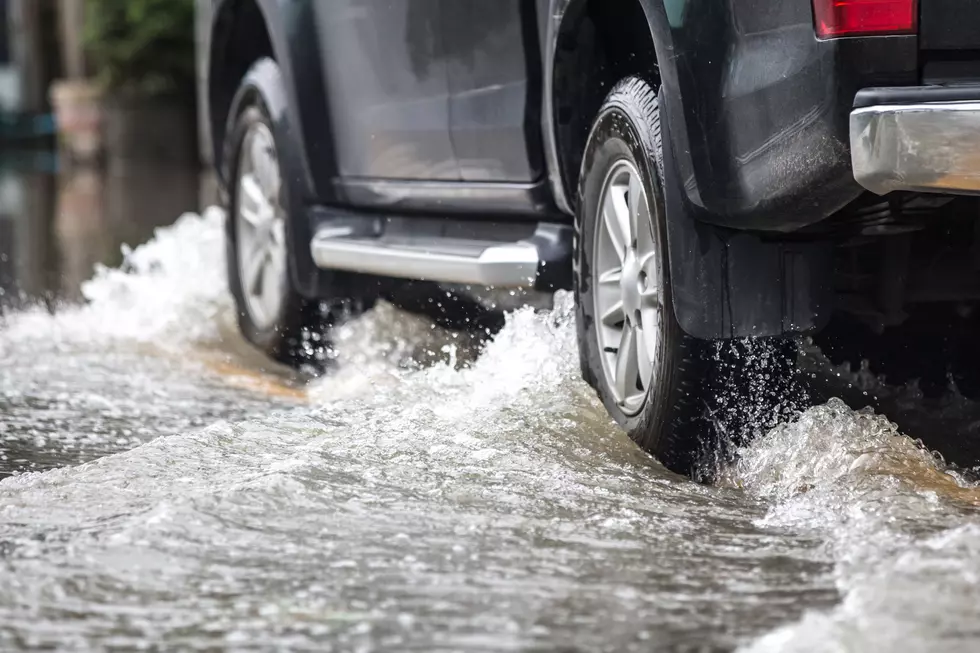
It’s Severe Weather Awareness Week: Storms, Lightning & Hail
This week is Severe Weather Awareness Week in Minnesota, and today's focus is understanding severe weather, lightning, and hail we could see this summer.
Thunderstorms
Affect relatively small areas when compared with most other storms. The typical thunderstorm is 15 miles in diameter and lasts for 30 minutes. Despite this size, all thunderstorms are dangerous. Severe thunderstorms produce large hail or winds of at least 58 mph. Some wind gusts can exceed 100 mph and produce tornado-like damage. Many communities will sound their outdoor sirens for very damaging straight-line winds. When a severe thunderstorm threatens, stay inside a strong structure. Mobile home occupants should go to a more permanent structure.
Hail
Is another product of thunderstorms that annually causes nearly one billion dollars in damage throughout the United States. Many of the losses are incurred by farmers. The most common diameter is pea size, but hail can be as large as golf balls and baseballs. In extreme cases, hail can reach grapefruit size. Large hail stones fall at speeds faster than 100 mph and have been known to kill people.

Thunderstorm Winds
Thunderstorms can produce strong wind gusts. These straight-line winds have been known to exceed 100 mph. For this reason, you should treat severe thunderstorms just as you would tornadoes. Move to an appropriate shelter if you're in the path of the storm.
The strong outrush of wind from a thunderstorm is often called a downburst. One of the primary causes is rain-cooled air, which accelerates rapidly downward, producing a potentially damaging gust of wind.
Strong downbursts are often mistaken for tornadoes. They can produce extensive damage and are often accompanied by a roaring sound similar to that of a tornado. Downbursts can easily overturn mobile homes, tear roofs off of houses, and topple trees. People who are camping are especially vulnerable, due to trees toppling on their camp sites.
Lightning
Every thunderstorm produces lightning, which on a national basis kills more people than tornadoes in a given year. Lightning kills around 100 Americans annually, with about 300 injuries. In Wisconsin and Minnesota, there have been many deaths and injuries over the years, most in areas such as camp grounds, although people have been injured indoors when talking on the phone.
Here are some important lightning safety tips:
- All thunderstorms produce lightning. It is surprising that so many people are not aware of this.
- Get inside a building or enclosed vehicle. Many fatalities occur when the warning signs are ignored.
- If caught in an open area with lightning all around, crouch down immediately! Put your hands on your knees but do not lie down on the ground.
- Do not use a telephone or electrical appliance. A nearby lightning strike can travel through the phone or power lines right into the home.
- Avoid seeking shelter beneath lone trees.
Myths and facts about lightning:
Myth: If it's not raining, there is no danger from lightning.
Fact: Lightning often strikes away from heavy rainfall, and may occur as far as 10 miles away from any rainfall.
Myth: Rubber soles of shoes or rubber tires on a car will protect you from being injured by lightning.
Fact: Rubber provides no protection from lightning. However, the steel frame of a hard-topped vehicle provides increased protection from lightning (if you are not touching metal in the car).
Myth: People struck by lightning carry an electrical charge and should not be touched.
Fact: Lightning-strike victims carry no electrical charge and should be attended to immediately.
Myth: Heat lightning occurs after very hot summer days and poses no threat.
Fact: What is referred to as "heat lightning" is actually lightning from a thunderstorm too far away for thunder to be heard. However, the storm may be moving in your direction.
Tomorrow's focus of Severe Weather Awareness Week will be on flooding.
LOOK: The most expensive weather and climate disasters in recent decades
More From 98.1 Minnesota's New Country









